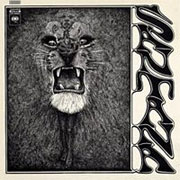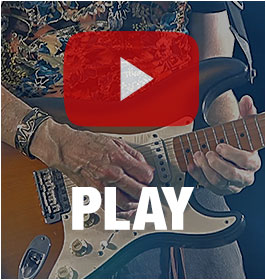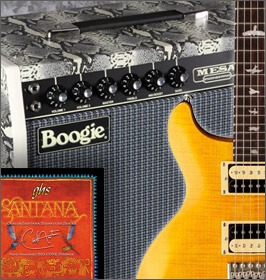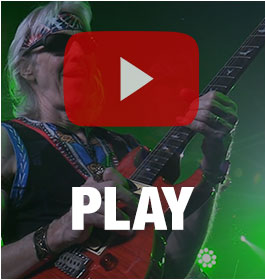In August of 1969, the world was introduced to Santana at the Woodstock Festival, and within a week or two, the first album, Santana by Santana, came out. Although the band had a following in the San Francisco bay area, it wasn’t until the film, Woodstock, was released the following year that Santana truly reached a national level of awareness.
In the film, each band was allotted one song; Santana’s was the raging instrumental number, “Soul Sacrifice,” thus providing that song legendary status. On the album, “Evil Ways” was the most successful single, and remains to this day one of the best known — and loved — of Santana’s songs.
But in hindsight, it was “Jingo,” another instrumental song from the first album, that has proved to be most emblematic of everything that was magical about the original Santana band.

Based on a rhythm pattern originated by Nigerian artist Babatunde Olatunji, Jingo is a chant-like piece. Although ostensibly a vocal song, it has only three syllables that are repeated throughout: Jin-Go-Ba. (They are “nonsense” syllables, with no meaning in either English or Spanish.)
Going two better than the proverbially simple “three chord song,” Jingo is a one chord song. What’s more, the bass line repeats the same hook — throughout the entire piece! What makes Jingo so enticing, therefore, is not harmonically complex chord changes, interesting vocal melodies, or meaningful lyrics. It is the dynamic arrangement and fiery playing of a remarkable band, along with the melodic genius of a young Carlos Santana.
Jingo starts with Michael Carabello’s simple conga lick, which is then joined by a complementary rhythm, played (with slight variations) by the drums (Michael Shrieve) and a second set of congas (Jose Chepito Areas). The bass (Dave Brown) highlights the rhythm with a simple hook using the 1 (“B”) and 5 (“F#”) of the key: B minor.
Continuing the build up, Gregg Rolie enters with a simple chordal riff on the B3 Hammond organ. Gradually speeding up the phrasing, Rolie builds the organ to a crescendo, until Carlos steps in on guitar.
Sticking strictly with the same five notes of the pentatonic scale that every guitarist in the world knows, Santana uses his unique gift for phrasing (including some held notes that degenerate into feedback and are thickened with double-tracking) to create an amazingly effective melodic line.
The section ends with rhythmic byplay between guitar and organ (augmented with timbale fills from Areas that sit very low in the mix), leading into the alternating vocal chants. After another crescendo, the band pulls back and lets Carabello step out for a tasty conga solo.
Then the entire pattern is repeated. This time, Carlos alters the melody slightly — enough to add interest, but not enough to lose the hooks. He segues into a short solo before the vocal line repeats. Finally, the song fades out on the second half of the vocal line.
Although there are a number of live versions of this song recorded (some called “Jingo Lo Ba”), none duplicates the raw, seductive power of the original, studio version.
Jingo Lyrics
Jingo, jingo ba
Jingo, jingo ba
Go ba ba, go ba ba, go ba ba, go ba
Go ba ba, go ba ba, go ba ba, go ba
Jingo, jingo ba
Jingo Chords
Whole song
Bm varations: Bm, Bm7, Bm6



